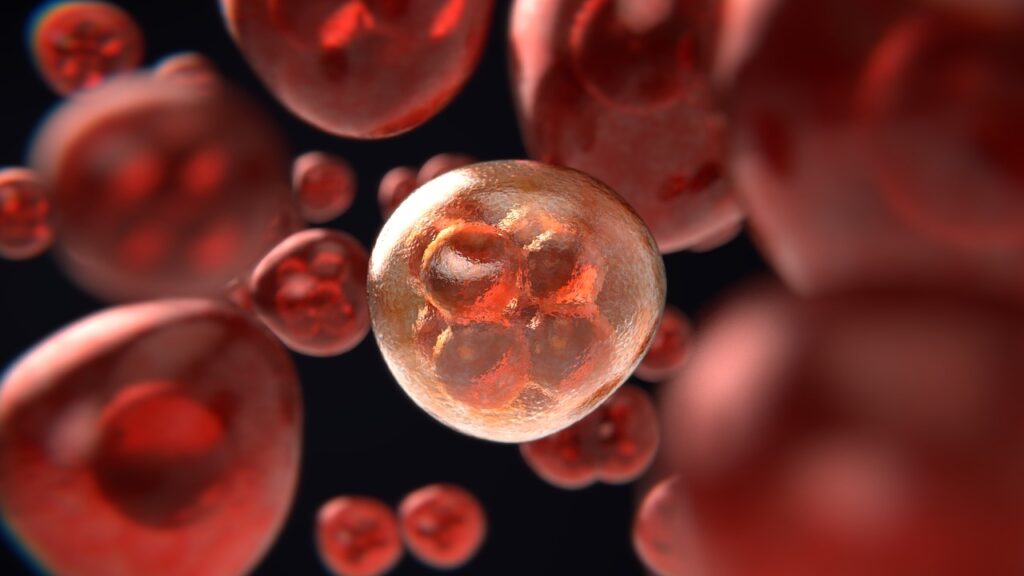
The increase in artificial light mostly in urban areas has made a very negative impact on human beings and the environment. Since artificial lights inhibit melatonin production which is a hormone produced in darkness essential for the circadian cycle. At present more than 80% of the world’s population is in a light-polluted environment. Therefore, it is important to understand the impact of artificial lights which is considered to be the biggest enemy of the upcoming generation.
Why artificial lights are the biggest enemy?
The impact of light is highly dependent on its intensity, wavelength, color, and its temperature. Most polluting artificial lights are lamps with strong blue emissions, like metal halides and white LEDs.
Those who work regularly in night light have low melatonin levels in their blood. Low melatonin disturbs the circadian rhythm which directly impacts their longevity. These effects are complex due to multiple factors involved in it such as age, sex, indoor-outdoor, artificial light illumination, etc.
Exposure to artificial lights has the significant potential to negatively impact the physiological activities of all animals including human beings. Effects such as irritability, difficulty concentrating, poor quality of sleep, and daytime sleepiness have a positive correlation with artificial light exposure. Therefore, observed post-work headaches, eye strain, and irritability are also due to the artificial lights exposed in the work environment. For these kinds of symptoms, we often correlate with a lack of proper diet, sleep, exercise, and a stress-free environment but it’s not always true.

In addition to humans, it can impact the entire environmental compartment as a whole with multiple effects. Excess artificial lights may affect ecological processes including nutrient recycling, pray-predation relationship, and the growth of organisms. These effects are cyclic and will have further adverse effects on the ecosystem.
Artificial light and human physiology
Since the circadian genetic clock mechanism of all organisms is crucial in many cellular and organ functions. The synchronization of any sudden change in environmental conditions such as lighting with physiological functions within a time frame is essential to maintain its functioning. However, these changes are highly dependent on the development of photoreceptors, intensity, and frequency of change. Light and dark both play an important role to regulate 24-hour cyclic physiological activities to maintain our health. Therefore, it’s very important to have balanced darkness and lighting with minimum artificial light exposure for a healthy life.
The rhythmic release of melatonin from the pineal gland helps to organize circadian rhythms and neuroendocrine processes by activating pairs of MT1 and MT2 G-protein receptors. For example, high melatonin in plasma (nighttime) induces more sleep than lower values (daytime). However, exposure to excess artificial lights especially during the night time disrupts the rhythmic cycle. This leads to several abnormal behaviors which is one of the reasons why artificial lights are considered to be the biggest enemy.
Artificial light and cancer
As per many scientific studies, excessive exposure to artificial light increases the risk of breast cancer. For example, blue light exposure before sleeping significantly inhibits the development of nocturnal melatonin. Even low-intensity nighttime light can hinder melatonin release. This is possible since the excess artificial light directly affects the photoreceptor of the retina that suppress melatonin synthesis in the pineal gland. It can be noted that the pineal gland is regulated by the neural information received from the photoreceptor. In addition, artificial light has the potential to change the affinity of estrogen receptors and increase the susceptibility of breast cancer.

As per a recent study, melatonin-rich human blood collected during the nighttime act as an anti-oncogenic agent with significant potential to slow down cancer development. As per the WHO, night shift workers under artificial lights are more vulnerable to cancer due to chronobiological disturbance.
For more details read “Impacts of advanced artificial lights on human health“
What can we do as an individual?
It’s important to understand the need for artificial light and its exposure to effectively manage it. Before using artificial lights it’s important to scrutinize the intensity, wavelength, color, and temperature of lighting.
As an individual, firstly, we should reduce or minimize by switching off some of the extra light, if possible. Secondly, it is important to shift to natural light as maximum as possible. In addition, try to see outside of an artificial light environment to minimize the effects. For IT professionals, it’s important to take intermittent natural lights.
In addition, it’s important to avoid screens such as mobile, tablets, laptops, and TV with extra lighting before going to bed. Since the lights tend to induce wakefulness with a series of physiological events. On another hand, low lights influence sleep which enhanced sound sleep and regenerates our body function properly.
Conclusion
Based on the foregoing discussion it is clear that artificial lights have a high potential to impact human health. Further, it can be noted that day and night both are equally important for our healthy life. Artificial lights are increasing day by day which is essential for development and security. But this increasing light may have serious consequences in the future. Based on the current study, there is no doubt about considering artificial lights as the biggest enemy. Therefore, designing future lighting should be based on the requirements and health to reduce the negative impact.

